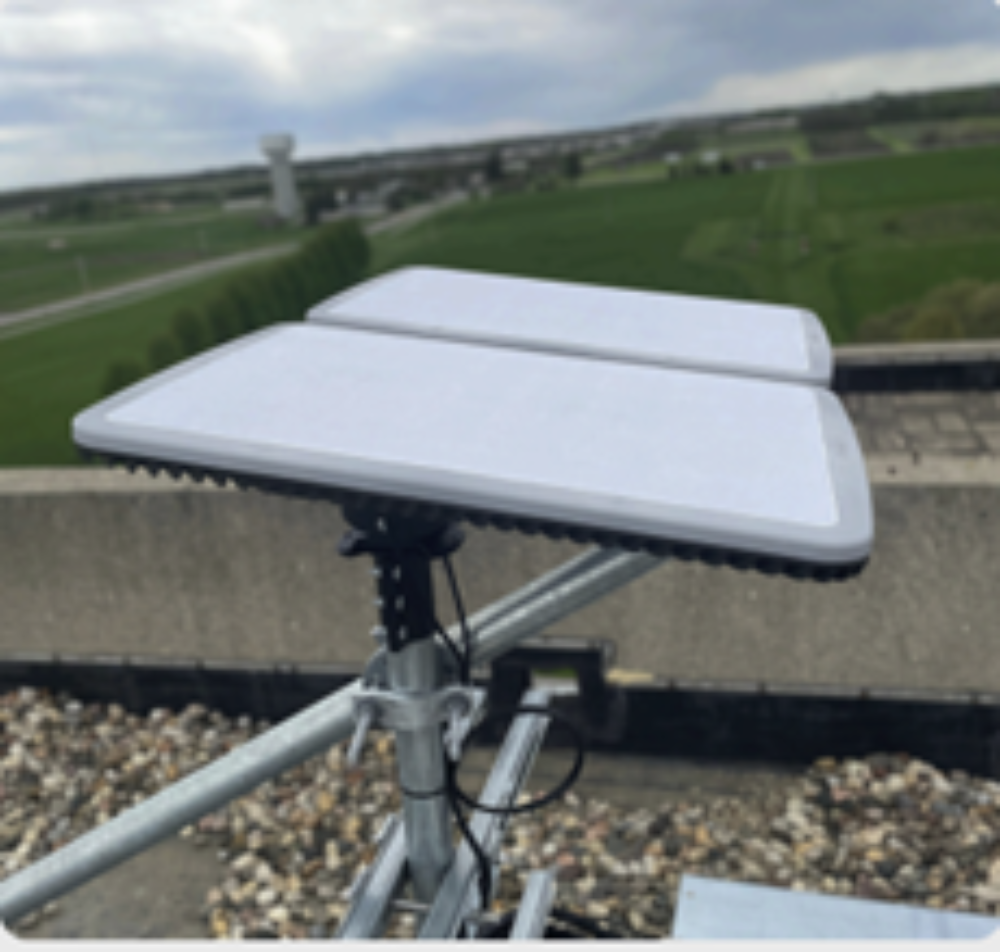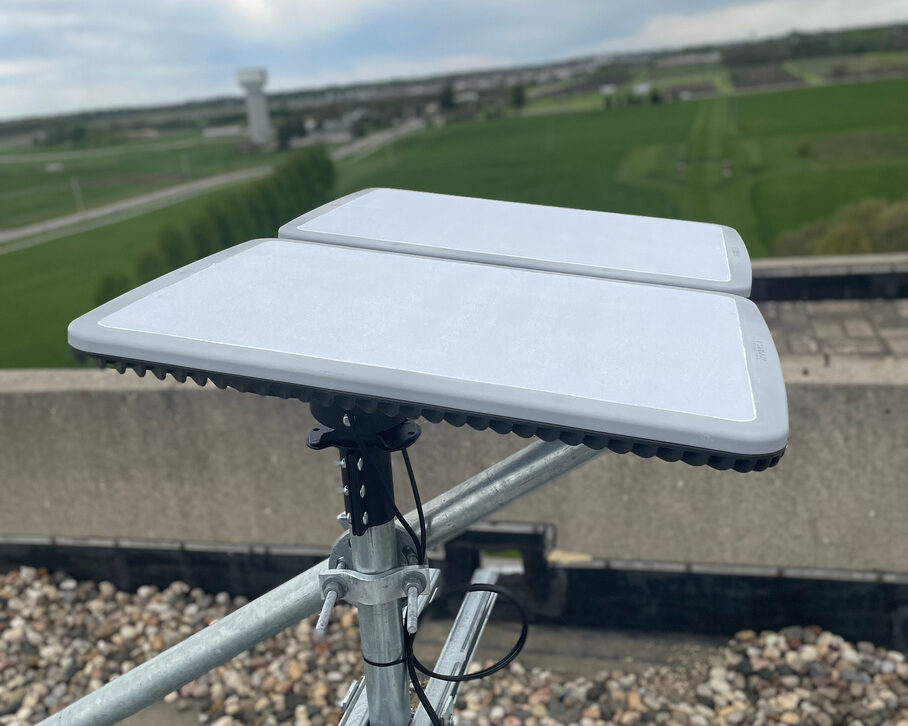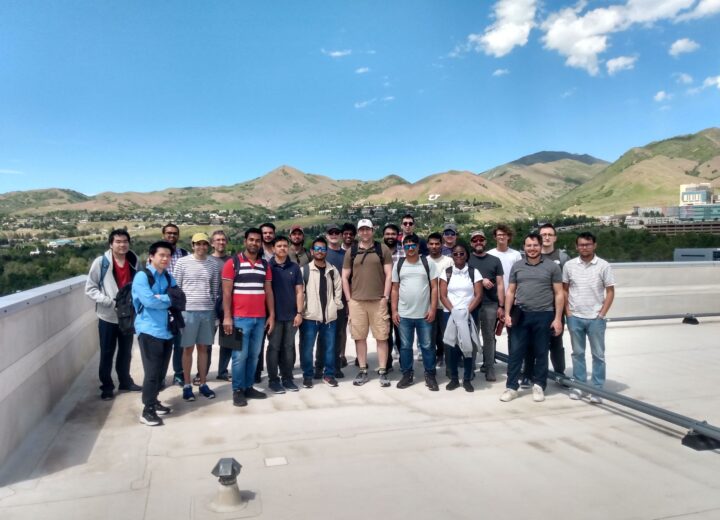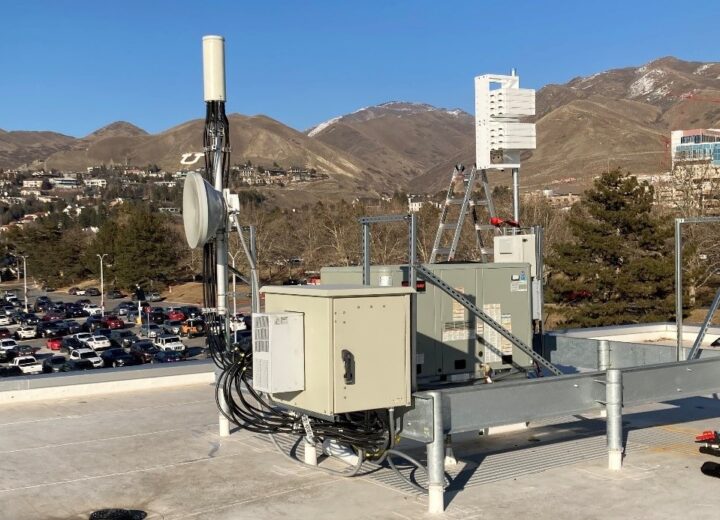
Using ARA to Measure the OneWeb Satellite Network
By leveraging the ARA platform with an on-site Hughes terminal (pictured below), researchers at the University of Victoria, Canada were able to study the coverage and resilience of Eutelsat’s OneWeb, a low Earth orbit (LEO) satellite constellation that provides connectivity worldwide.
Researchers measured the latency impacts of satellite handover events and other characteristics of the constellation to better understand network elements that have traditionally been invisible to the research community.
The results were reported in the article, “Measuring the OneWeb Satellite Network” at the 2025 IEEE/IFIP Network Traffic Measurement and Analysis Conference, offering data-driven insights and feedback to the satellite communications research community and LEO network operators such as OneWeb.
Why It Matters

- As the second-largest commercial LEO satellite constellation in operation, these findings provide crucial insights into how OneWeb could potentially evolve to achieve seamless global coverage.
- ARA provides an access point to data and information that would otherwise be challenging to obtain.
- As demand for LEOs continues to grow, the research community will increasingly need to gather data to better understand satellite network operations across diverse geographies. ARA is one of the only openly (if not the only) available testbeds capable of supporting satellite measurement research alongside research into terrestrial wireless networks.
Learn more about the ARA platform and the OneWeb experiment.
Authors: Owen Perrin, Jinwei Zhao and Prof. Jianping Pan
About ARA
ARA is part of the National Science Foundation’s PAWR program, and is funded in part by NSF, the U.S. Department of Agriculture’s National Institute of Food and Agriculture (NIFA), and by the PAWR Industry Consortium.


